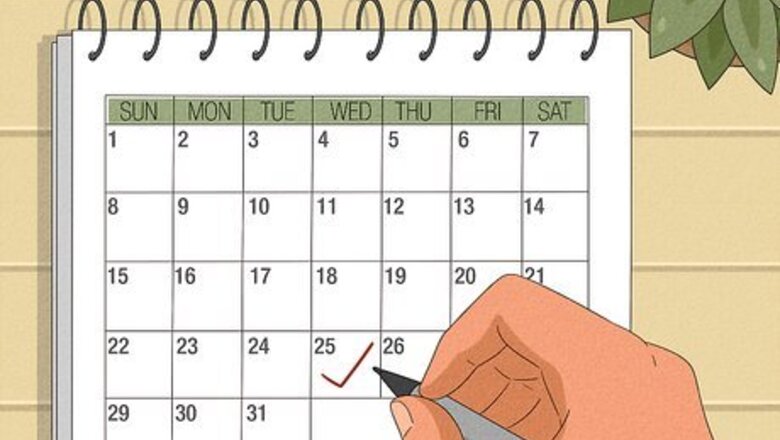
views
Preparing for the Supper

Plan a date and time. Burns Night is on the 25th of January, which is Robert Burns's birthday, so this is usually a good date to host it. Any time around this date also works well. Ask potential guests when they can make it. A Burns supper usually lasts a few hours and tends to work around a mealtime, so late afternoon or early evening is the best time to hold it. If you are renting out a location to hold it, check their opening and closing times.
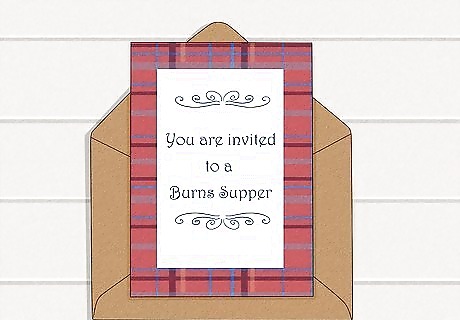
Invite guests. How many guests you invite is dependent on how many people you can accommodate in terms of food and location. Make invitations specifying where and when the event is, as well as what is involved. Request that guests respond so you know how many people are coming. If you want, you can write the invitations in Scottish dialect. If you're not from Scotland or a Scottish community, you may wish to explain what a Burns Supper is. Ask if any guests need any specific accommodations, such as a sign language interpreter or a specific timetable of what will be happening.

Assign roles. It can be helpful to have co-hosts as there are many things that need to be done. You will need people to decorate the room and serve the food, as well as people to read out poems and the immortal memory. You may want to advertise these roles on the invitations.

Prepare a menu. Haggis, neeps and tatties are the most common foods to have on a Burns Supper (neeps are turnips and tatties are potatoes). IRN BRU is a great option for a soft drink to serve, as it comes from Scotland and is the most popular soft drink in Scotland. Shortbread is usually also a required food for a Burns Supper. Be prepared for dietary requirements. This includes allergies and intolerances, vegans and vegetarians, as well as religious restrictions. If you can, ask guests beforehand if they have any requirements. Getting foods that accommodate multiple dietary requirements at once is recommended. For example, a vegan haggis can accommodate vegans, vegetarians, as well as those who eat kosher or halal. When you purchase food, take note of the ingredients. You may wish to keep the packaging or take a photo of it in case someone asks about it. Don't just assume something doesn't contain a specific ingredient. For example, mashed potato usually contains milk. Neeps and tatties are typically served mashed. A Scots broth with oatcakes is usually a good starter. If you're serving alcohol, whisky or other Scottish drinks work well. A Tipsy Laird (a Scottish trifle made with whisky and raspberries) may be a good make-ahead dish to serve for dessert.
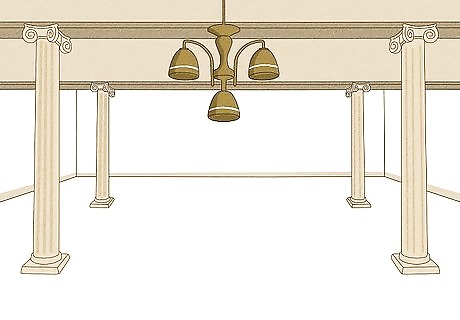
Choose a location. Considering the fact a Burns Supper usually has dancing, it is best to have a hall. If you are planning a smaller celebration, you might be able to hold it in your own house. For a larger celebration, you can try renting out a hall in stately home, church, community centre or school. You may wish to have a place with a stage for any performers. Consider the accessibility of the building if you have any disabled guests. Ramps and accessible toilets are examples of things you may need to look into.
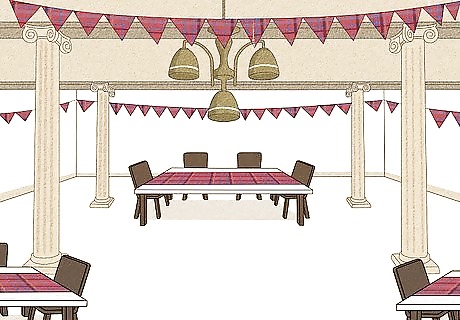
Prepare the room. For a Burns Supper, you should have tables for all your guests. You can either assign seats for everyone, or let people choose where to sit when they arrive. If you are planning dancing, either leave space for it, or make sure the tables are easy to move. There is usually a head table for people who have a significant role, such as reading the poetry. If you have a band or musicians prepare space for them on a stage or at the end of the hall. You would also want to consider having decorations. If you can get tartan decorations, such as tartan bunting or tartan tablecloths, that would be ideal. You may also wish to hang a Scottish flag. The Saltire (St. Andrew's Cross) is the national flag and is the obvious choice, but the Lion Rampant is the Royal Standard of Scotland and is another option. You can hang a picture of Robert Burns on the wall, or lines from his poems. If you have children involved, consider asking them to help make decorations. They will enjoy being creative and having their work on display.

Consider the dress code. You may recommend guests to wear Scottish clothes. Kilts are a traditional Scottish item of clothing. Anything tartan would also work well. You get different types of tartan for different surnames. If you know your name or clan has a specific tartan, you could wear that.
Hosting the Celebrations
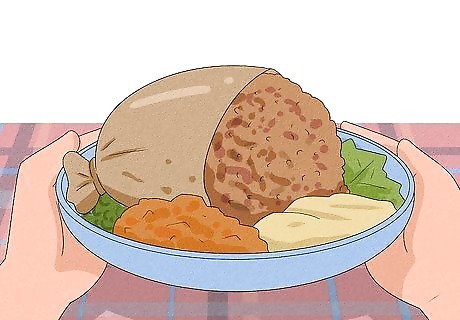
Serve the food. Before the food is eaten, it is tradition to recite the Selkirk Grace, which is a prayer written by Robert Burns to show gratitude for having food. To a Haggis is a longer poem specifically about the haggis. Typically someone will read it before the haggis is served and everyone toasts to the haggis.You should also get someone to play the bagpipes (or another instrument) as the haggis comes in. Remember to address the chef and the piper (if you have one).Selkirk Grace:Some hae meat and canna eat,And some wad eat that want it,But we hae meat and we can eat,Sae let the Lord be Thankit!

Do some traditional ceilidh dancing. Invite everyone who is willing and able to join in with Scottish dancing. The Gay Gordons, Dashing White Sergeant and Strip the Willow are some of the most common country dances. Don't assume everyone knows the dance or doesn't need a refresher. Before you play the music, remind everyone of the routine and run through it without the music. Remember to count people in with the music so everyone starts at the same time. Some dances involve swapping partners or groups. Make it clear whether or not you will be doing this in the dance. Keep in mind that not everyone will be comfortable with changing partners/groups.
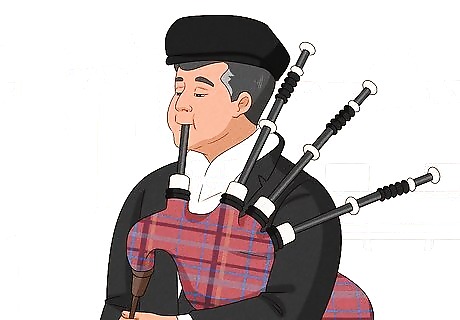
Get live music. Bagpipes are a must-have for a Burns Supper. If you or anyone you know can play the bagpipes, this is a win. Otherwise you can hire a piper to perform. Other traditional Scottish instruments include the fiddle, flute, accordion, tin whistle and harp/clarsach. Even if you can't get Scottish instruments, you can get other instruments to play Scottish music. If you can't get live music, use recorded music. You can prepare a playlist of Scottish music beforehand to play. Scottish music is very varied, so you can make a playlist including nationalist songs, Scottish dance music, Gaelic music, humourous music and music from modern-day Scottish musicians.
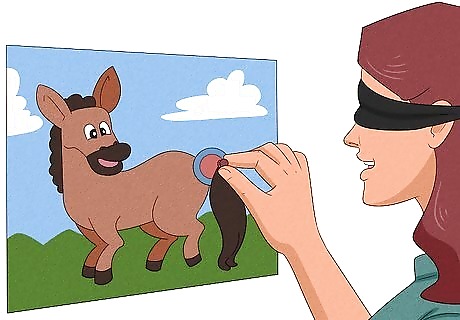
Plan games and activities. You could have a mini Highland games session. Hosting a quiz is a great idea as well. People can work in their table groups to answer questions about Robert Burns, his poetry and Scotland in general. You can offer a prize for the winning group. Having regular party games such as musical corners, a themed version of pin the tail on the donkey or pass the parcel can appeal to younger guests. These can also easily be made themed and can be done to Scottish music. Musical corners can be adapted to have each corner be the name of one of Burns's poems.

Have a toast to the lassies and a toast to the laddies. This is where a male guest will playfully tease women followed by a female guest playfully teasing men and correcting the assumptions made about women. This is not an excuse to be sexist, but rather have some light-hearted banter and the overall message should be positive, praising both the laddies and the lassies. After each speech, everyone toasts "to the laddies" and "to the lassies". The goal is not to insult anyone. Instead, talk about trivial issues stereotypically associated with the relationship between men and women. It should end on a positive note.
Commemorating Robert Burns
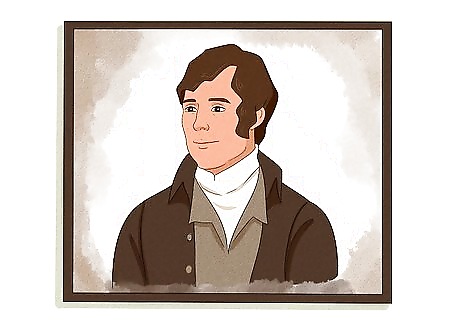
Appreciate his significance. Robert Burns is an important figure in Scottish history. His work is one of the most famous demonstrations of the Scots dialect. He has written many famous poems and songs, such as Auld Lang Syne and Tam o' Shanter. Remind people of what he contributed to Scottish culture, as well as culture around the world. His works appear throughout popular culture, with novels such as Catcher in the Rye and Of Mice and Men basing their titles on lines from his poems. Apart from Queen Victoria and Christopher Columbus, Robert Burns has more statues dedicated to him around the world than any other non-religious figure.

Read his poetry. One of the key features of a Burns Supper is the reading of his poetry. To a Mouse is a very popular poem of his and one of the best options for a Burns Supper, but he has written hundreds of poems, so you can choose a good selection that you enjoy or think your guests will enjoy. His poetry is accessible for free online, but if you want, you can buy a book of poems. Some of his poetry has been made into picture books, which may appeal to younger children.Tip: Don't feel restricted to just reading Burns's poems. There are many other great Scottish poets, many of which took inspiration from him. Local poetry especially may appeal.

Have someone read the immortal memory. The immortal memory is the part of the Burns Supper, where someone talks about Robert Burns's life. This is typically done as a timeline, but can be read in any way. If you're up for a challenge, you could try making the immortal memory into a poem.

Sing songs. Auld Lang Syne is one of the best options because of its cultural significance, being the song that is sung on Hogmanay (New Year's Eve). This is usually best sung at the end. You may also want to sing more contemporary Scottish songs, that are not by Burns. The Proclaimers' I'm Gonna Be (500 Miles) is a popular Scottish song. Donald Where's Your Troosers? is another well-loved song choice among children and adults alike. Flower of Scotland is usually a great choice of song to sing. While not by Robert Burns, it is the national anthem of Scotland and is very familiar. Even if the songs are all well-known, you should still consider providing lyrics for people who are less familiar with some of the songs, and because some songs have different versions. You can either put the lyrics on a screen or print the lyrics and distribute them on the tables.















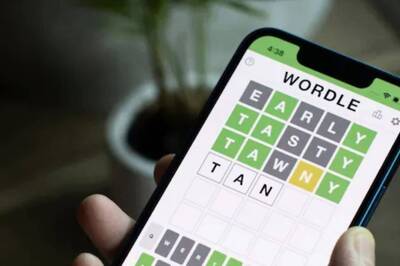
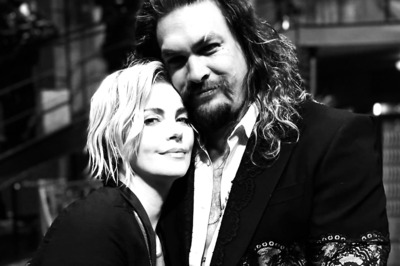


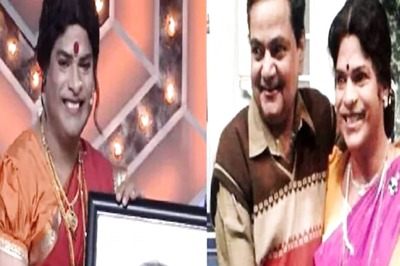
Comments
0 comment